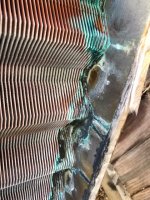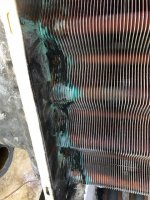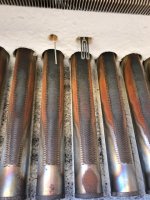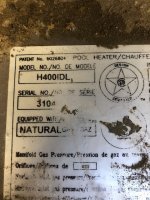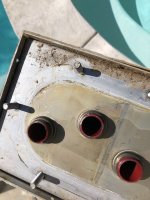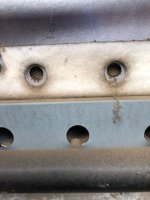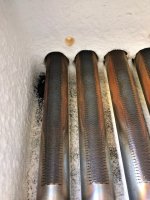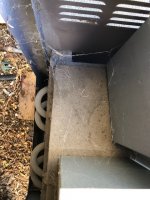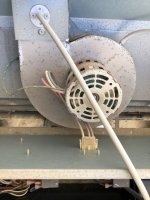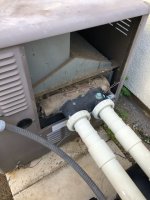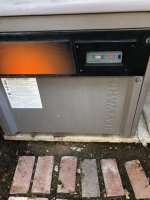Hello
I just took apart my 16 year old Hayward natural gas pool heater to inspect the burners and heat exchanger. I'm wondering if someone more knowledge than I am could look at the attached pictures and advise me if they thought it was time to purchase a new heater?
I showed the pics to my local Leslie's Pool manager (someone I've known for years and trust) and he thought the heat exchanger corrosion was bad enough to require a replacement heater. He didn't advise just replacing the heat exchanger as it's an expensive item for an old heater.
Just looking for a second opinion and more advice.
Thank you,
Craig
I just took apart my 16 year old Hayward natural gas pool heater to inspect the burners and heat exchanger. I'm wondering if someone more knowledge than I am could look at the attached pictures and advise me if they thought it was time to purchase a new heater?
I showed the pics to my local Leslie's Pool manager (someone I've known for years and trust) and he thought the heat exchanger corrosion was bad enough to require a replacement heater. He didn't advise just replacing the heat exchanger as it's an expensive item for an old heater.
Just looking for a second opinion and more advice.
Thank you,
Craig


